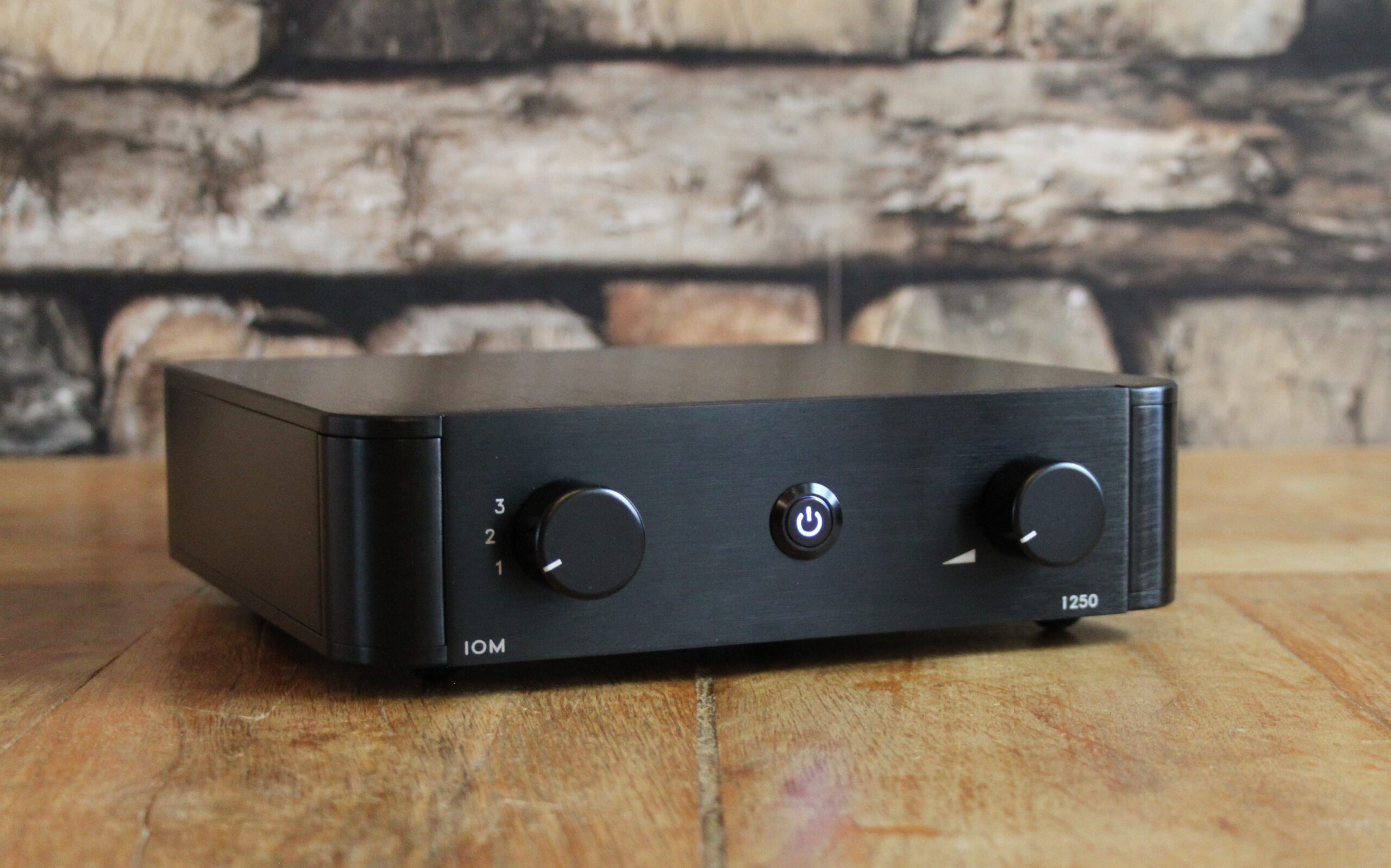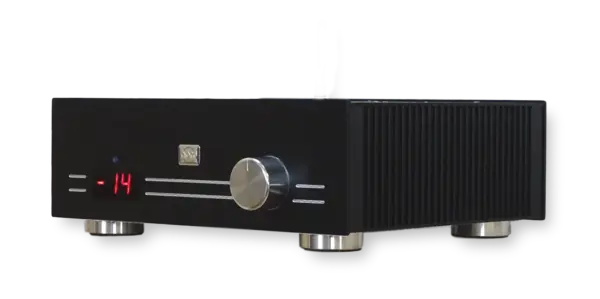Hi! I am looking for an amp to complement The Revel Concerta2 speakers. The Cambridge Audio AXR100 is number 1 on my list, but I got second thoughts. I tend to keep my work environment eco-friendly, low-power consumption etc I prefer to use mobile devices and keep energy costs as low as I can.
Having said that the amp has to do its thing and give the speakers power they need to shine. Plus somehow complement the speakers signature/ go well with the speakers sound signature.
Is there anything in ~500USD budget I can buy to be happy with the sound and keep the energy consuption on low levels? Is the Cambridge Audio AXR a power hungry device and what is it's energy consumption compared to some class D devices like (10 times more, 50x more)?
Here are some amps I got recommended somewhere along the way:
Yamaha A-S301
Cyrus ONE
NAD C338 (is it class D?)
Yamaha WXA 50 (is it class D?)
ARCAM SOLO UNO
Audiolab 6000A
Anything else I should be considering?
Please forgive my ignorance. Its the beginning of the road for me. Thank You!
Having said that the amp has to do its thing and give the speakers power they need to shine. Plus somehow complement the speakers signature/ go well with the speakers sound signature.
Is there anything in ~500USD budget I can buy to be happy with the sound and keep the energy consuption on low levels? Is the Cambridge Audio AXR a power hungry device and what is it's energy consumption compared to some class D devices like (10 times more, 50x more)?
Here are some amps I got recommended somewhere along the way:
Yamaha A-S301
Cyrus ONE
NAD C338 (is it class D?)
Yamaha WXA 50 (is it class D?)
ARCAM SOLO UNO
Audiolab 6000A
Anything else I should be considering?
Please forgive my ignorance. Its the beginning of the road for me. Thank You!
Last edited:


